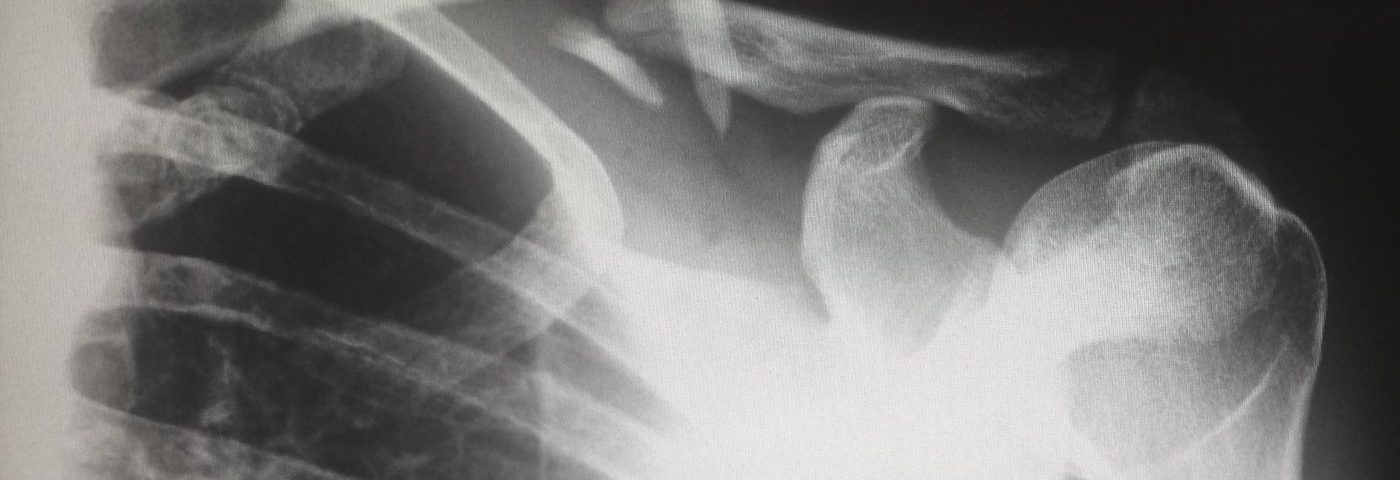Elderly prostate cancer patients taking androgen deprivation therapy (ADT) have an increased risk for bone fractures compared to prostate cancer patients without ADT or men without prostate cancer, a study found.
Doctors should be particularly aware of patients with high age, low body mass index (BMI), and a prior history of fractures or falls — deemed relevant risk factors for fractures.
The study, “Patients with prostate cancer and androgen deprivation therapy have increased risk of fractures—a study from the fractures and fall injuries in the elderly cohort (FRAILCO),” was published in the journal Osteoporosis International.
Osteoporosis — a silent condition in which bones deteriorate or become brittle and fragile — significantly increases the risk of fractures, particularly in the hips, spine, and wrists.
The condition mainly affects women, but men can also develop the condition — up to one in four men older than 50 will break a bone because of osteoporosis — and seem to have a higher risk of death after a fracture than do women.
Studies have shown that prostate cancer patients receiving ADT seem to have a particularly high risk of osteoporosis and fractures. ADT works by reducing the levels of testosterone, which fuels prostate cancer growth, but the approach also seems to cause reduced bone density and bone fragility.
While this association has been described more than 20 years ago, and subsequently confirmed in other studies, no large studies existed comparing the incidence of fractures in prostate cancer patients on ADT versus men without the condition, while taking into account the traditional risk factors for fractures.
Researchers in Sweden aimed to address this gap and examined data from 179,744 men, age 65 or older, included in the “Fractures and fall injuries in the elderly cohort” (FRAILCO) study, made to study associations regarding fractures, fall injuries, morbidity, mortality, and medications.
Overall, the group included 159,662 men without prostate cancer, 13,128 prostate cancer patients who had not received ADT, and 6,954 who had been for a median of 3.7 years.
The median time since prostate cancer diagnosis was similar in the two prostate cancer groups (16 years), but patients receiving ADT were generally older, thinner, and in poorer general health. Also, more of these patients had nutritional deficiencies, were drinkers, had heart and kidney conditions, and had suffered a prior fracture, compared with patients without ADT and men without prostate cancer.
Alendronate, a medicine used to treat osteoporosis, was prescribed to 4.1% of patients on ADT, compared to 3.5% of other prostate cancer patients, and 3.1% of the overall male population.
ADT was significantly associated with a higher risk for fractures — including fractures of any kind, hip fractures, and major osteoporotic fractures — compared to the other two groups. The association remained significant even after accounting for traditional risk factors, including previous fractures, glucocorticoid treatment, and osteoporosis-causing conditions — age, weight, and height.
Researchers then examined which factors could be used to predict the risk of fractures among prostate cancer patients given ADT treatment. They found that age was a significant predictor, with younger patients (70 years) showing the highest risk of fractures compared to those age 80 or 90.
Low BMI and history of previous falls or fractures were also significantly associated with the risk of fractures.
However, traditional risk factors — alcohol consumption, corticosteroids, rheumatoid arthritis — were not predictive of fractures in these patients.
“In conclusion, our results confirm that patients with prostate cancer and ADT have increased risk of incident osteoporotic fractures,” researchers said.
“Although all patients with prostate cancer and ADT should be considered as “high-risk patients,” we found that within this group, the only clinically relevant risk factors for incident fracture were high age, low BMI, previous fracture and/or previous falls, and other traditional risk factors did not contribute significantly in the statistical models,” they stated.
“Osteoporosis medications should be considered as routine procedures in all patients with prostate cancer already at the initiation of androgen deprivation therapy,” the team concluded.

